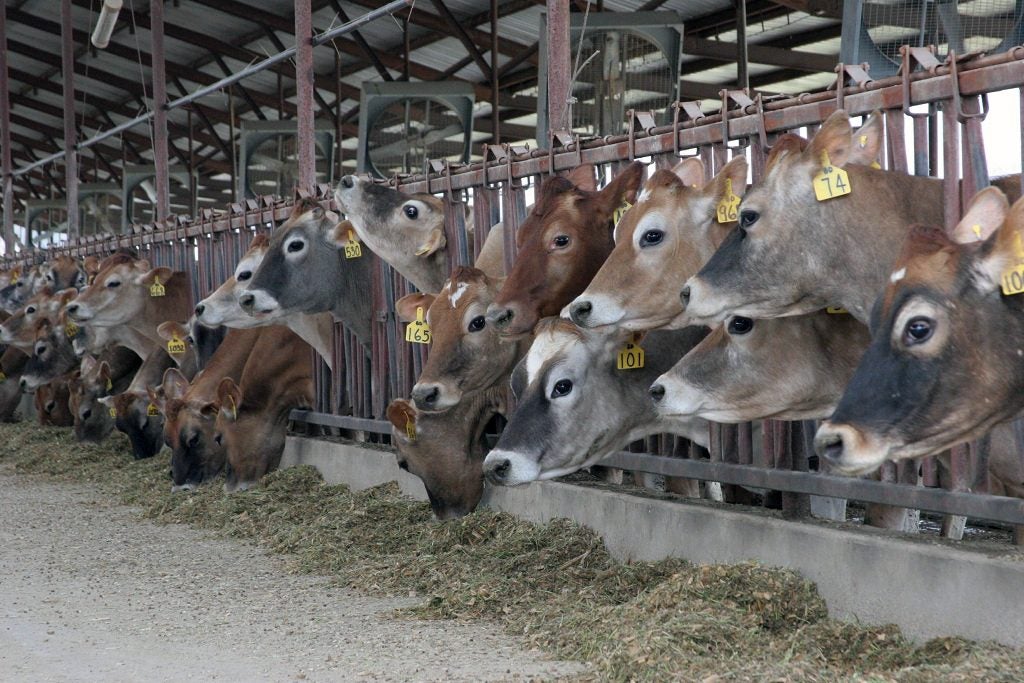The dairy industry is a critical part of the landscape, economy and social fabric of Pennsylvania and the Chesapeake Bay. But it’s under stress.
Dairy is in the fourth year of an economic downturn in which many farmers have struggled to break even. Dairy farmers in Pennsylvania and across the U.S. are highly motivated to increase their resilience to unfavorable economic and environmental conditions, including highly variable milk and feed prices, unpredictable farm policies and extreme weather – most notably increased heavy rain events and flooding.

While dairy prices have recently trended upward and PennState Extension’s dairy outlook predicts milk price could approach $20/cwt by the end of 2019, another PennState Extension analysis found that the gross milk price breakeven point for most farmers in the state is $21.20/cwt.
Most of these factors are out of farmers’ control, but conservation is something farmers can be sure of.
That’s what my colleagues and I concluded after digging into the budgets of four Pennsylvania dairy farmers in our new report: How conservation makes dairy farms more resilient, especially in a lean agricultural economy. The report shows how a variety of conservation practices can deliver multiple returns on investment that simultaneously benefit the farm budget and the local environment.
Here are our four key findings: Read More »










